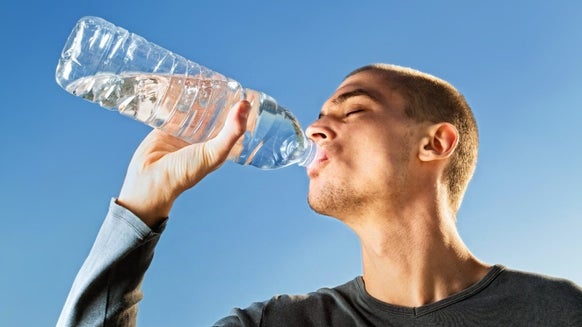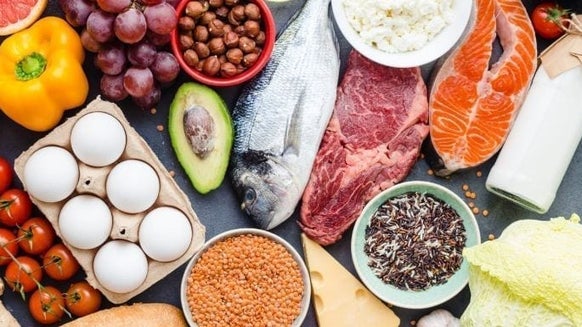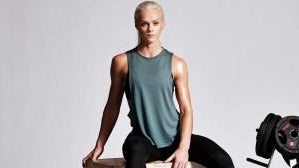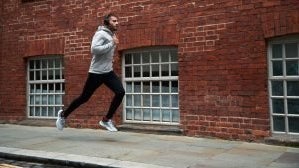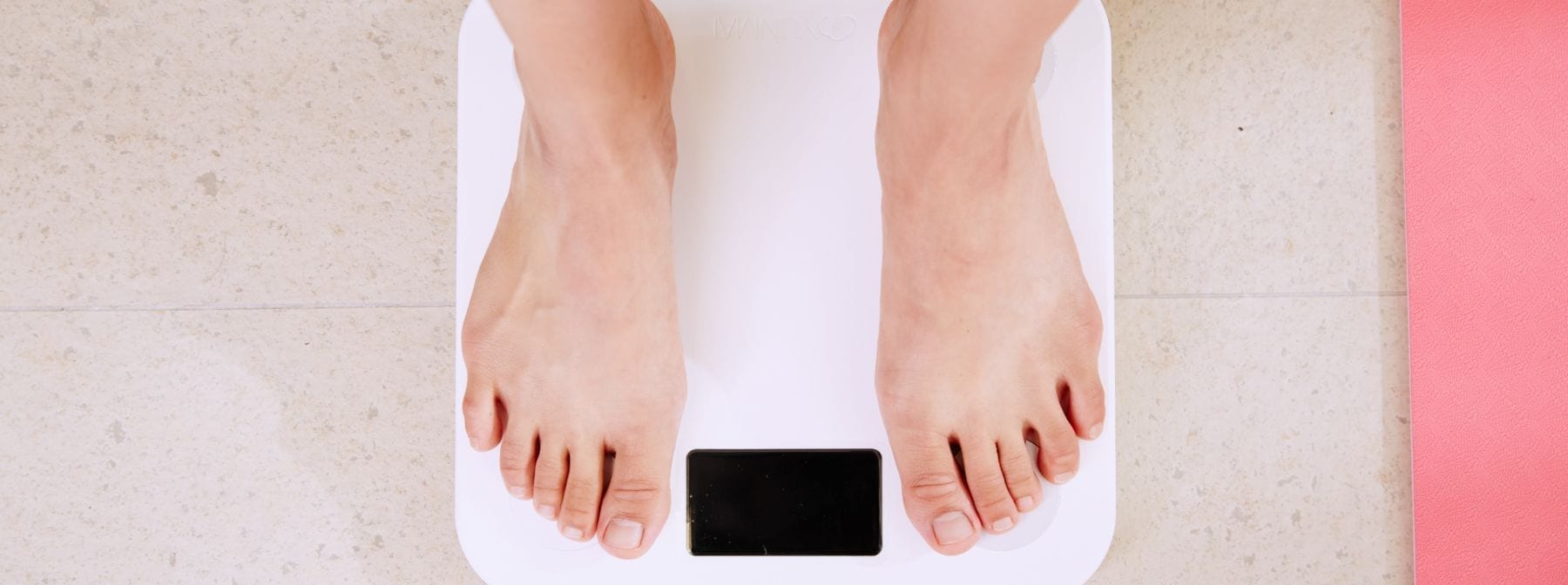
Stepping on the scales and seeing no change? Don’t get disheartened if you’re training hard and eating right, but the numbers aren’t budging. If you’re doing it right, then you will be making a difference, but you might be measuring the wrong thing. It’s time to learn the difference between losing weight and losing fat.
The terms weight loss and fat loss are often used interchangeably, but they can have very different meanings and outcomes. Here’s what you need to know.
In this article, you'll find:
What is weight loss?
Your bodyweight can be divided into two main categories — fat mass and lean mass. Fat mass is exactly what it sounds like — our total body fat levels. Lean mass is anything that’s not fat mass, and can be further broken down into bone mass, muscle mass, water, and organ mass.2
Here’s where some of the confusion lies. Very few people purposely try to lose lean mass, but are more interested in the fat mass side of the equation. However, if we only use the scale to look at weight loss, then there’s no indication as to whether we have lost fat, muscle, or something else.
Weight loss doesn’t discriminate on what’s lost. It’s purely a numerical measure and doesn’t take into account the quality of what’s lost or gained — plus it can be quite easy to trick the scale. Just by switching from a high-carb to a low-carb diet you can see a dramatic reduction in weight loss. That’s because 1g of stored carbs holds about 3g of water in the body. 4
This is one of the main reasons why when people go on a low-carb diet, they see almost an instantaneous drop in their weight, but it is important to remember that the change has nothing to do with fat loss.
There are other things that can affect weight fluctuations on a daily basis — all of which are normal. Hormonal fluctuations, varying sodium intake, different amounts of dietary fibre, and food sitting in the gastrointestinal tract.
All of these can cause your weight to fluctuate, so when you see these changes on the scale, is it weight or fat that’s gained or lost, and should you be focusing on weight at all?
What is fat loss?
Everyone has a certain amount of body fat. This fat is often expressed as a percentage of their total body composition — for example, 16% body fat.
Women tend to have more body fat on average than men. One of the reasons for this is that women need to maintain a higher level of body fat for the reproductive system. Men also tend to have more lean muscle mass on average than women for a given weight, which can lead to a lower level of body fat.6
A male athlete can have a body fat of anywhere from 7% to 13%, compared to the female equivalent of 12% to 20%.6 Fit and athletic men can be anywhere from 12% to 17%, and females 17% to 24%. An average healthy man can have up to 24% and women can be up to 30%.6
If fat can be lost, it must be stored. Excess fat is stored in the body’s fat cells which are called adipocytes. This is where we get the term adipose tissue, which literally means fatty tissue.
The most common types of body fat (adipocytes) that are spoken about are subcutaneous fat (the fat between the skin and the muscle), and visceral fat (the fat around the organs.) There are others, but these two are the ones most responsible for health and appearance. Fat loss is the breaking down and reduction of these stored adipocytes. 5
We can’t choose where we want to lose fat from, and there’s no special protocol to help spot reduced body fat. This means you can’t exercise a specific area that you would like to lose fat from and hope it works. Unfortunately, if you want a flat toned stomach, sit-ups alone won’t help you lose the weight — but a calorie deficit will.
How to measure body fat
There are a few ways to measure body fat, but they’re generally only predictions based on the equipment used and a mathematical prediction.
DEXA is currently the gold standard of body composition testing. It uses a type of low radiation x-ray to determine body fat levels. DEXA scans were originally used to conduct bone mineral analysis, but were found to be useful for testing both fat and fat-free mass with a high degree of accuracy. A DEXA machine is an expensive piece of laboratory equipment often found in universities, some hospitals, or exclusive private practice. 2
Similar to DEXA, most Bod pod machines are in universities, some hospitals, or private clinics. Although somewhat less accurate than a DEXA scan, a Bod Pod is able to be used more frequently if needed. A DEXA scan emits a small dose of radiation, so it can’t be used on a continuous basis. A Bod pod machine uses air displacement to determine fat mass. 2
This is a very accurate way of testing body fat levels — almost on par with DEXA. There is, of course, an issue with it not being very practical to use as the subject needs to be fully submerged underwater for the test to take place. A DEXA or Bod Pod scan is far more convenient.
This is one of the less accurate measures of how to determine body fat levels. It involves running an electric current through a scale or handheld device. There’s a large margin for error, as well as a lot of variables that could affect the validity and reliability of the readings. 2
Skinfolds can be a very practical and non-invasive way to measure body fat if done by a qualified practitioner. It involves having various skinfold sites measured with callipers to determine body fat levels.
It’s worth noting that the sum of the skin folds could be more useful than the actual percentage as fat tends to shift around the body and the percentage is an algorithm based on equations. The sum is simply the total of all skinfolds added together. Girth measurement performed with a tape measure is a useful way to compliment skinfold testing. 2
Taking regular pictures can be a great way to measure progress. It requires no special equipment, just access to a camera on a phone. Whilst it won’t accurately estimate how much fat you have lost, or muscle you have gained, it will give an objective measure of your aesthetic progress.
When most people train or diet for any aesthetic reasons, visible appearance is an important indicator, and a picture does just that. If you’re using this method, then just try and keep the variables the same each time.
For example, what you wear, the time the shots are taking, lighting etc. should be kept the same. The more you can reproduce a similar setting, the more visible the difference to your body will be in the pictures.
The scale has a lot of bad press lately and it has come into question whether it’s useful for fat loss measurements. However, the research indicates that people who weigh themselves more often are more likely to stick to a diet and exercise plan, as well as keep the weight off.8,9,10,11
If someone is very overweight and starts a new diet and exercise program to lose fat, the numbers on the scale should go down. Now, this might not be on a linear basis, but the trend over time should show a decrease.
The scale might not be as useful for someone who is in good shape and is looking to slightly shift body composition. It will only tell a part of the picture and it’s possible to put on muscle or lose fat and have the scale stay relatively similar. 7
Most people with a significant amount of fat to lose will show a change in scale weight. Perhaps a better option for both well trained and untrained, would be to use the scale in combination with pictures and skinfold measurements if you don’t have access to a more sophisticated measurement tool.
That way there are multiple measurements which might give you a better understanding of what’s going on.
Gaining Muscle
If you’re solely focusing on losing weight, then putting on muscle might not be what you’re after. This is more applicable to weight-related sports than it is for people who are after ideal body composition. Muscle mass does carry weight behind it, so it can affect scale weight.
If you want to improve your body composition and achieve that lean and toned look, then gaining some muscle will help with that. There’s a bit of misconception that gaining lean muscle mass helps you to lose body fat. The real difference is only very small in real-life scenarios. And while it’s possible to lose some weight and gain some muscle at the same time, it’s better to focus one specific goal at a time.
Either gain muscle or lose fat. There are a few circumstances where you can do both, but it’s highly unlikely that you’ll get the best results. If you’re new to exercise, or are coming back from a long term injury, then it’s possible to lose fat and build muscle.
If you’ve been training for a long time, then it's unlikely you will do both effectively. Building muscle needs a calorie surplus, while losing fat requires a calorie deficit. So, in most cases, the two don’t go well together.
A person with a lot of lean muscle mass might have a higher metabolic rate, due to more active tissue, but it often comes at the cost of higher body weight. Lean muscle is dense and carries weight behind it. So, if you need to be light on the scale for whatever reason, then adding more muscle might not be the best option. There’s a reason endurance athletes don’t carry around excess muscle mass.
However, if looking good and losing fat is the number one thing for you, then adding some quality muscle could be a big plus.
Take home message
Many people talk about weight loss when what they really want is fat loss. Most people who are trying to lose weight are doing so to look better, feel better, and improve their health.
If you’re overweight, then focusing on the scale might provide some useful accountability. The fitter and leaner that you get, the more important other body fat measures are to ensure you’re on track to meet your goals.
Think about what you are really after — do you want to lose weight or fat? Once you know what your goals are, pick the plan and measurements that will get you to where you want to be.
[product_display id="1"

Related Posts
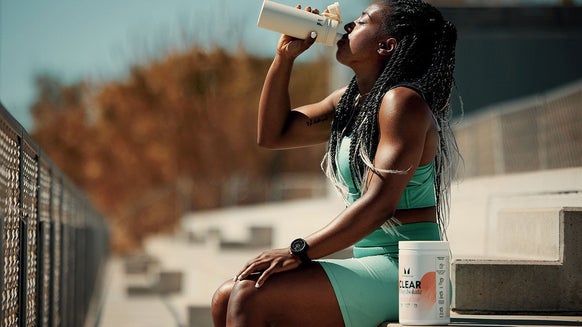
Protein Fact vs. Fiction | Nutritionist Debunks The Biggest Protein Myths

